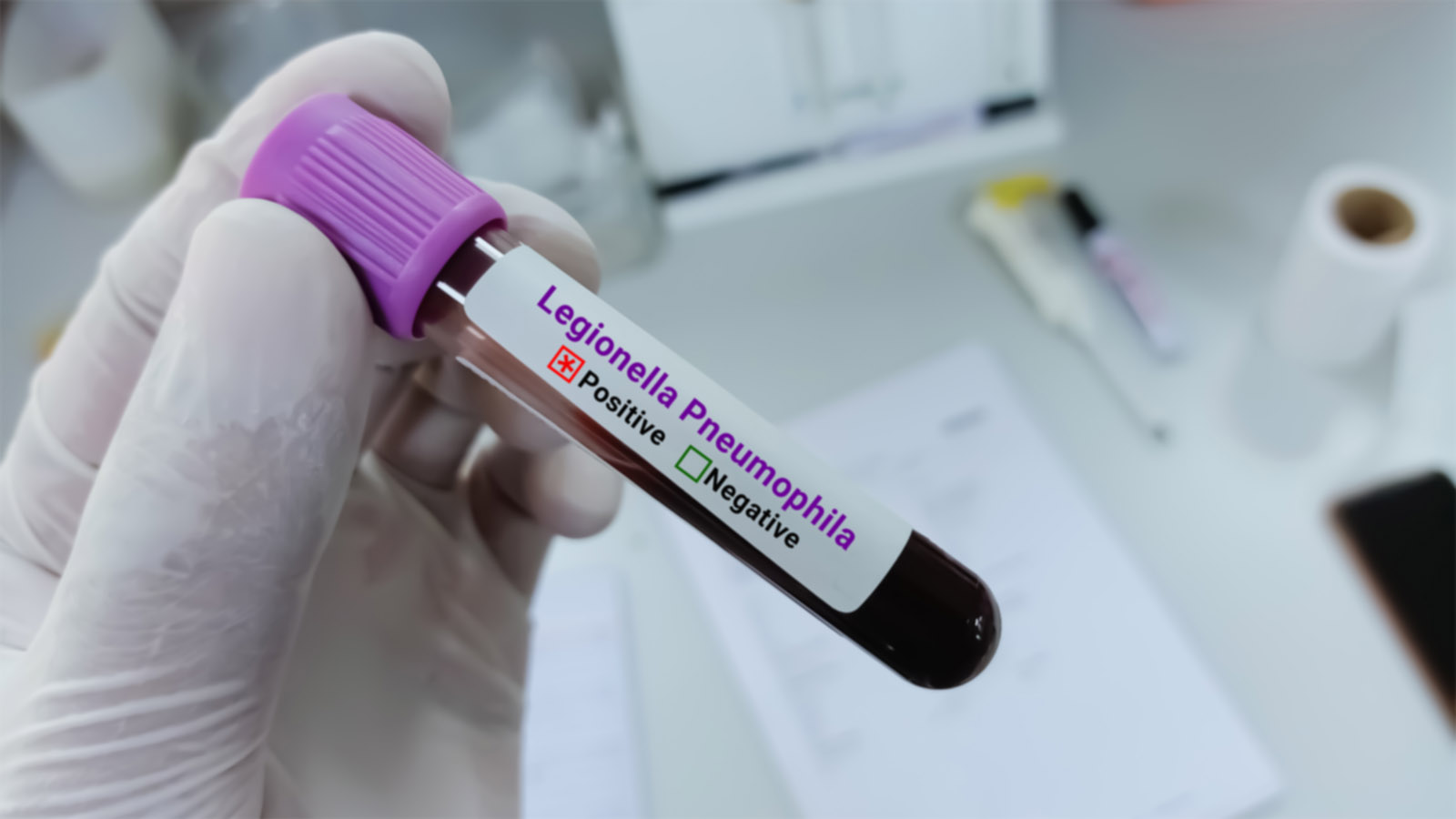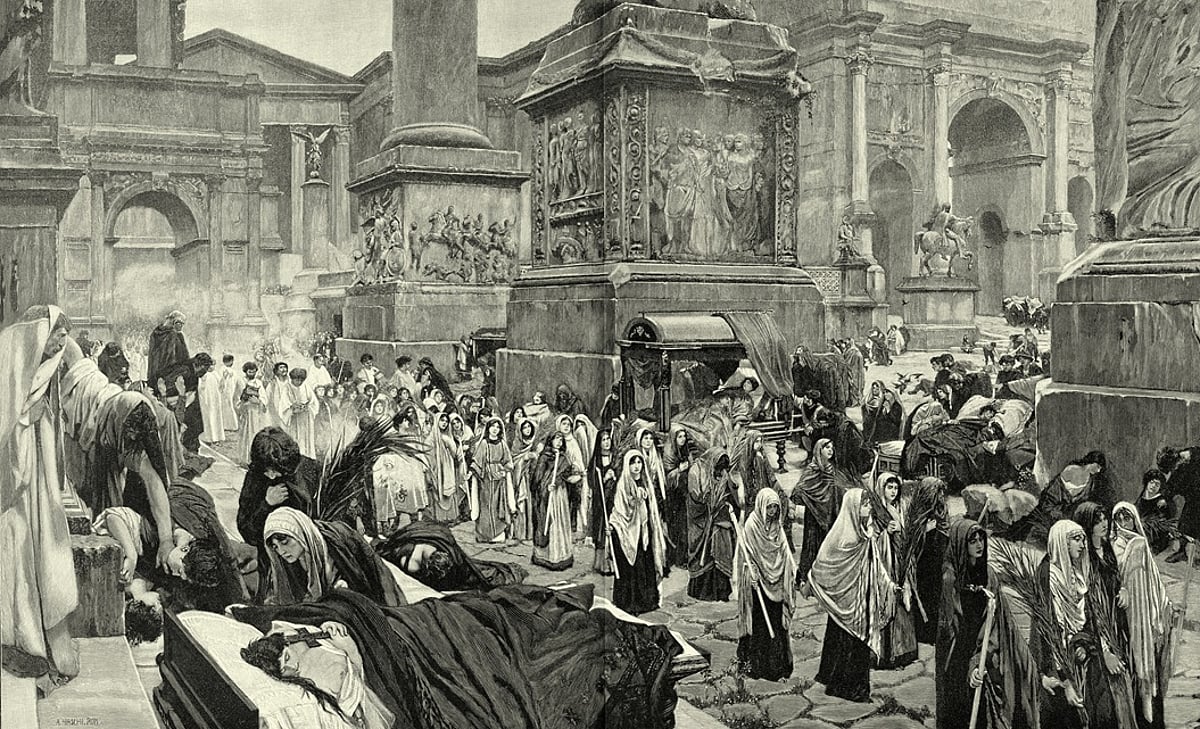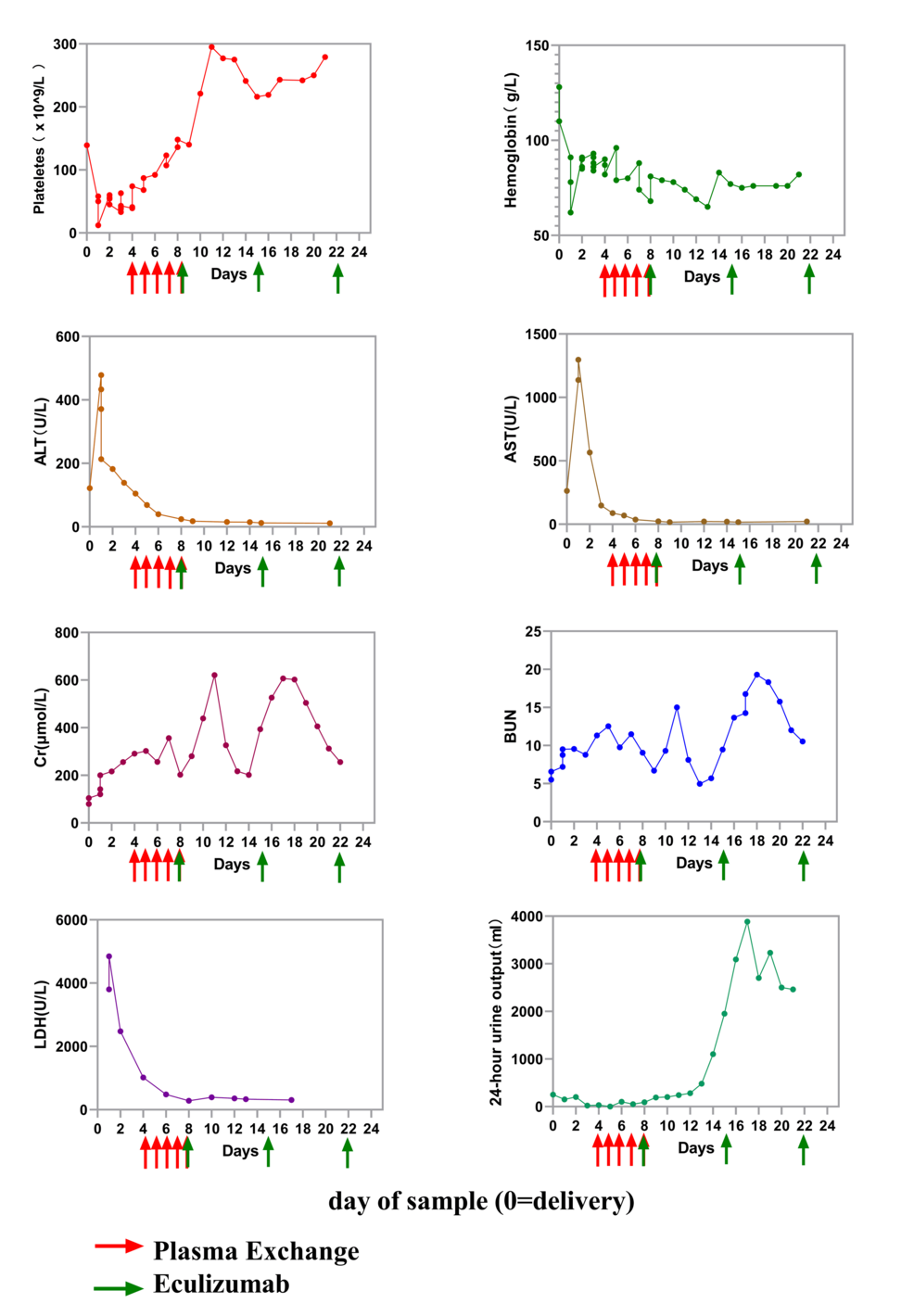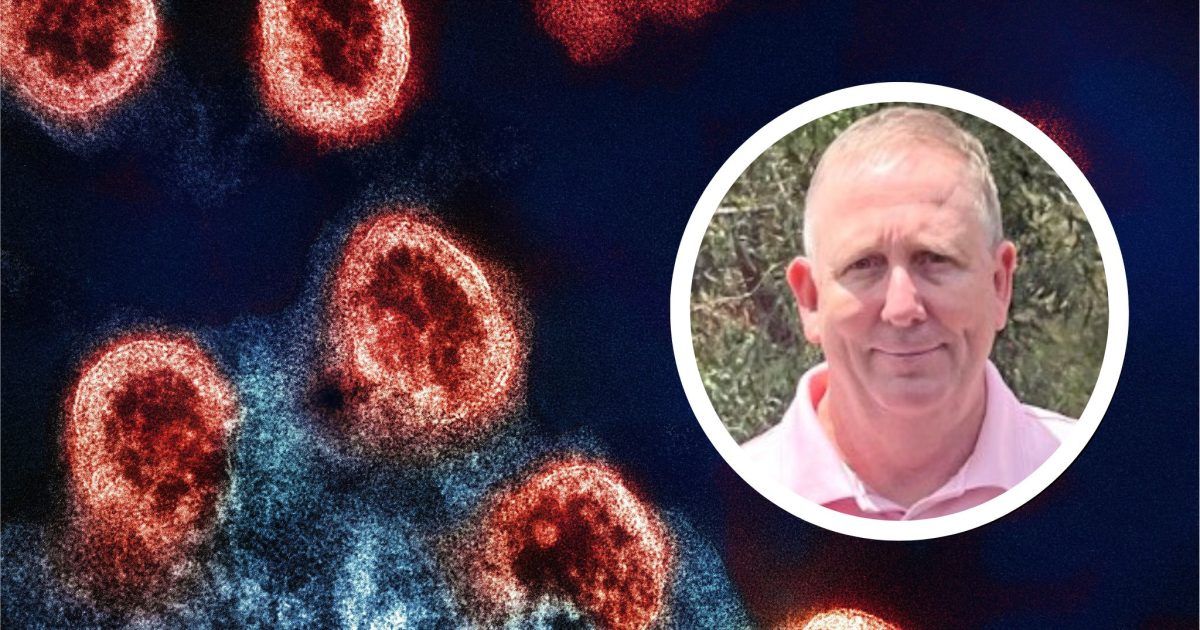Shocking Legionnaires' Disease Outbreak Claims Six Lives in NYC – What’s Behind the Surge?

Imagine walking through the streets of New York City, blissfully unaware that a deadly outbreak is lurking just around the corner. That's the grim reality for many as six lives have been claimed, and over 110 people are now grappling with the effects of Legionnaires’ disease in the heart of the Big Apple.
Legionnaires’ disease, a severe form of pneumonia, poses a significant threat, with the Centers for Disease Control and Prevention (CDC) reporting that it claims the life of approximately 1 in 10 infected individuals due to complications.
This isn’t just a New York issue; traditionally, cases have been most prevalent in the northeastern U.S. But recent trends show a worrying shift, with states like Michigan, Ohio, Pennsylvania, Illinois, and Wisconsin also reporting spikes in infections from the Legionella bacteria. It begs the question: why is this disease making a comeback?
In New York City, the situation is alarming. According to the New York Post, at least 12 cooling towers have tested positive for Legionella since late July. This includes four towers atop city-owned properties like Harlem Hospital. City officials took swift action, draining and disinfecting these towers. Yet, civil rights leader Rev. Al Sharpton and attorney Ben Crump are raising serious concerns, claiming that untreated rainwater collected in the cooling towers following storms could have contributed to the outbreak.
Vox explains that cooling systems can become breeding grounds for Legionella due to the stagnant, warm water they harbor, which is prime real estate for bacteria growth. Outdated infrastructure, particularly in low-income housing, is especially vulnerable to this sinister bug. Add in the warmer temperatures and high humidity typical of summer, and you've got a perfect storm for bacterial proliferation.
So, what should you watch for? The symptoms of Legionnaires' disease usually take between two and 14 days to manifest after exposure, although it can take longer. Infection occurs primarily through inhaling mist that carries the bacteria, not from person to person. As the CDC notes, you might experience a combination of cough, fever, headaches, muscle aches, shortness of breath, confusion, diarrhea, and nausea. While antibiotics can treat the disease, patients often require hospitalization, even if they’re otherwise healthy.


























